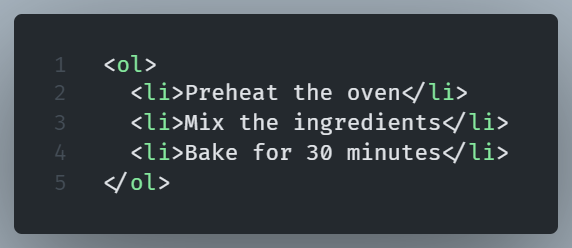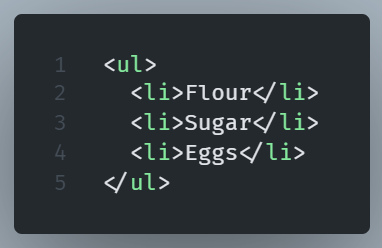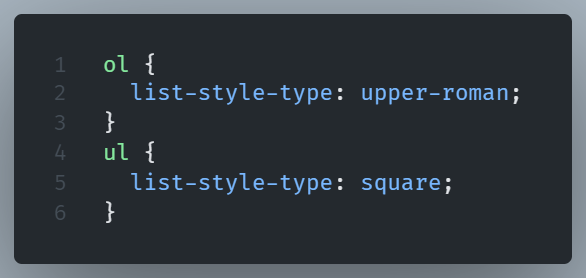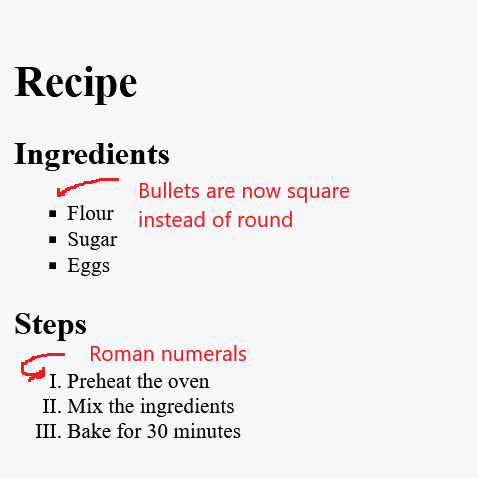Every day online, we’re exposed to lists; in recipes, product descriptions, and tutorials; lists are everywhere.
But when you’re building a webpage, there’s an obvious but important question we have to ask: What kind of list will this be?
HTML lists have various types, but <ol> (ordered) and <ul> (unordered) lists are the most often used. And although the difference between numbers and bullets may appear trivial, there’s more to it than just aesthetics.
Ordered or unordered lists: making the right choice.
Let’s start with the basics.
We use ordered lists when the order of the items in the list is important. Consider instructions, rankings, or procedures.
Use the <ol> tag, and the browser automatically numbers each item:

What about unordered lists? Use that for things where the order is unimportant, such as shopping lists, collections, or features. The list uses the <ul> tag, creating a bulleted list for each item.

That sounds quite simple but choosing the right one isn’t just about looks.
Structure and Semantics
Behind every web page is a structure—a logic to how information is organized. HTML’s purpose isn’t merely to display content, but also to define the structure of that content. Here’s where the real distinction between <ol> and <ul> becomes apparent.
For example, screen readers use this distinction to better communicate with visually impaired users. And although SEO isn’t significantly impacted by your list type choice, using proper structure improves crawling and indexing.
Put simply: when you use the right list type, you’re benefiting your users.
A touch of style makes a big difference
You can design lists to be visually interesting.
With a bit of CSS, you can tweak the style of your bullets, numbers, spacing, and indentation to match your design.
Want square bullets instead of round? Want Roman numerals? One line of code is all it takes.

Result:

It all comes down to clarity and consistency.
Although your visitors might not easily notice the difference between discs and circles, they’ll surely notice a layout that feels chaotic.
Conclusion
The true value of the distinction between ordered and unordered lists lies in their ability to convey maning, not just formating.
Next time you’re sketching out a section of your website, pause for a second. Ask yourself: Does the order matter here?
Taking a moment to reflect can result in more semantic markup, a more user-friendly design, and cleaner code.